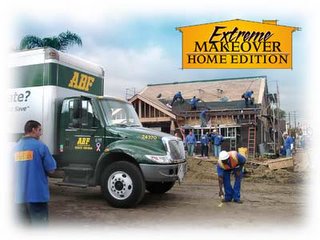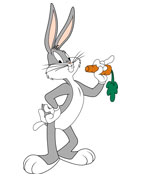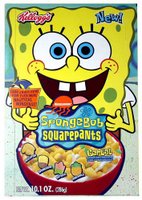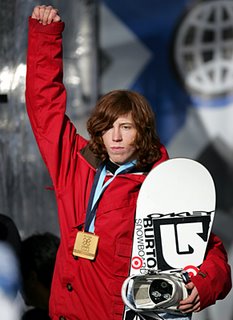Project Runway - Project Placement?
A reality show about fashion without a stylish sponsor is like... a dorm room without Ramen noodles. It's just not complete. So it shouldn't come as any surprise that Project Runway, Bravo's reality show hosted by Heidi Klum, places products in every scene. From brands on sewing machines to complete show sponsorships, Bravo has perfected the art of selling product placement and then weaving it into a program so it makes sense.
One episode (and also one from last season) was sponsored by Banana Republic. Designers were challenged to create a dress that would fit the style of a "Banana Republic woman". At the beginning of the show, I had no idea what a Banana Republic woman was. At the end of the 60 minute episode, I could define the ins and outs, hobbies and interests, of a Banana Republic woman. That's the beauty of it. The challenge revolves around using the product (or store's style), so you become immersed in it.
The winners of the competition had their dress design (see bottom image) mass produced for sale in Banana Republic stores. Their new "product", the dress, started out with an hour of advertising behind it, having been the focus of the entire show.
Reality TV is a great way to have product placement be involved, but not overt. Because we encounter these products in our lives, the "reality" of the television show makes us more comfortable with seeing the products. It's a smart way to show your product in action.

For more info:
Project Runway's Website




